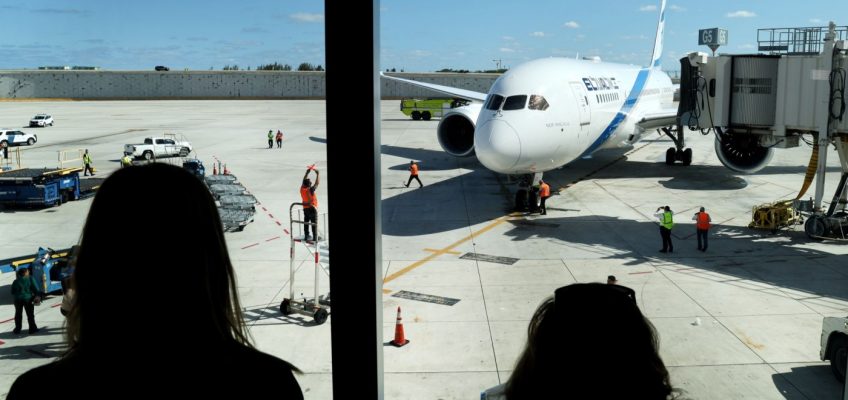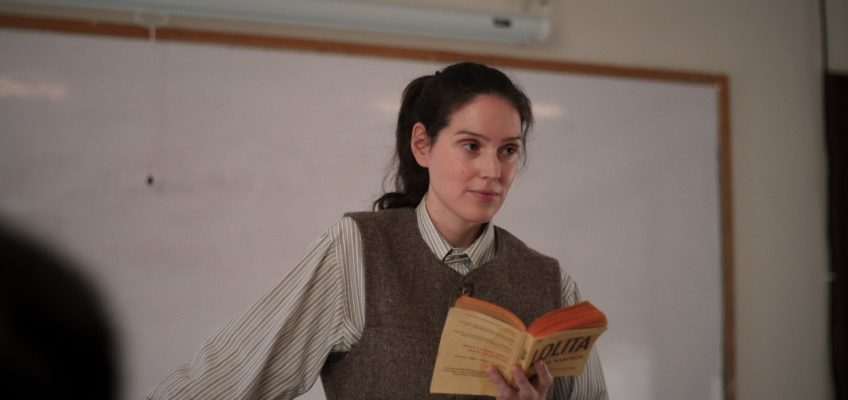In her 2023 cookbook “Seed to Plate, Soil to Sky,” New Mexico-based chef and historian Lois Ellen Frank said the present era of Indigenous cuisine revolves around modern chefs understanding the ingredients and the farming practices of their ancestors.
“It’s now up to each Native American community and each Native American chef to decide what the New Native American Cuisine is and what they are going to serve on their plates,” Frank, who was advised by Navajo chef Walter Whitewater, wrote in her introduction.
Several young women chefs are doing just that in the Denver area, starting food businesses and planting gardens as a way to reconnect with the land and the traditions of the past. They are defining in real time what New Native American Cuisine can be, from cultivation to creation.
Their work is moving forward Indigenous cuisine in a critical time of repossession after the forced relocations of the 19th century and the food distribution programs of the 20th century, a recent period Frank referred to in her cookbook as “the most painful and most difficult in terms of health and wellness in Native American Cuisine history.”
Before the exploration of the Americas, most of the Indigenous diet in the Southwest and Four Corners region came from farmed foods such as corn, beans and squash (sometimes called “the three sisters”). After the country relocated Native Americans to reservations, they were issued government rations of mass-produced food different from what they were used to, Frank writes. To her and some of her colleagues, it amounted to “nutritional genocide.”
Denver has long associated Native American cuisine with Tocabe and its fry bread tacos, made with shredded bison, hominy and roasted green chiles. When Matt Chandra and Ben Jacobs opened Tocabe in 2008, the restaurant was billed as “the only American Indian-owned and -operated restaurant in metro Denver specializing in Native American cuisine.”
After learning that Jacobs, a Native chef, was using some of his family’s recipes, Micaela Iron Shell-Dominguez, 36, knew she had to work there.
An environmental and Indigenous activist — and actor with the Annishabae Theater Exchange — whose father is Lakota and mother is from the San Luis Valley, Iron Shell-Dominguez noted the sanctity of ancestral foods and emphasized the role women played in feeding Native communities.
“I remember after working there for a while, I told Ben and Matt I was so inspired by everything they did that one day I wanted to open and own an Indigenous restaurant just like them,” she said in an email to The Denver Post.
She is now a mother of two and worker-owner of Moonshell Pizza Cooperative (www.moonshell.coop), a roving pizza crew where her partner, Sid Farber, is lead dough roller. The bounty of foods native to the region, such as corn, berries and sage, makes it easy to base dishes around those ingredients, she said. Their buffalo chokecherry pizza is one such example, she added, the chokecherry plant being native to Colorado.
Iron Shell-Dominguez’s multidisciplinary and holistic approach to her Native culture is also shared by Indigenous groups outside of North America.
Alejandra Tobar, left, and Chef Andrea Condes harvest vegetables at The Rooted Andina in Arvada on Thursday, June 5, 2025. (Photo by Hyoung Chang/The Denver Post)
Quick Cook: How to make Cherry Almond Ice Cream at home
Recipes: Chocolate and peanut butter go great together in these treats
Recipe: Use cherries to make this relish for grilled meat
Dried bay leaves bring layers of flavor to Portuguese-style beef skewers
3 easy (and delicious) ways to eat well this summer
Andrea Condes, 39, was born in Caracas, Venezuela, and adopted into the United States, where she grew up and pursued a career in the culinary arts. It was in Colorado where the self-described “child of the Andes” landed. Although separated by thousands of miles, Condes saw many similarities integral to the experiences of the pre-colonial Americas.
“How people are treated, how the land is respected, how animal relatives and plant relatives are just that: relatives,” Condes said.
Drawn to root vegetables like the potato, which originated in the Andes, she started a catering company, Four Directions Cuisine (www.fourdirectionscuisine.com). She grows her own plants and is hosting meals two weekends a month through October as The Rooted Andina at her home in Arvada.
Learning about Indigenous foods and history, she said, helped her overcome the “cultural gap” of living in another country and brought her closer to her homeland.
“It’s definitely not something that I had language for when I first started walking down this path,” Condes said. “Reconnecting with those foods, I didn’t realize then, but I do now: It was me reconnecting with myself.”
Chef Andrea Condes harvests strawberries and medicinal sage at The Rooted Andina in Arvada on Thursday, June 5, 2025. (Photo by Hyoung Chang/The Denver Post)
Since growing food was a way of life, some New Native American Cuisine chefs are returning to the practice, what Frank equates with “food sovereignty.” Planting companion crops, such as the three sisters, is one of the cultivation methods Frank teaches in an effort to bring what she calls “traditional ecological knowledge” (TEK) back to Native communities.
Narissa Ribera, a member of the Navajo Nation, started planting out of necessity. She was always fascinated with food systems, a jack-of-all-trades who learned to garden as a child and had years of experience baking cottage foods.
The lifestyle developed into Ch’il Indigenous Foods (www.chil-indigenousfoods.com), a meal pickup service she started three years ago. She works out of a commercial kitchen in the Wheat Ridge Center for Music and Arts in Wheat Ridge, baking cookies with ingredients grown by Indigenous harvesters and other delicacies, like blue corn ice cream. (She’ll soon open an outdoor eating area at the arts center.)
Narissa Ribera poses for a portrait at Ch’il Indigenous Foods in Wheat Ridge on Thursday, June 5, 2025 (Photo by AAron Ontiveroz/The Denver Post)
The city of Wheat Ridge lent her two commercial plots of land behind the city’s community garden, where she cultivated the beans, corn and squash (including Apache gourds and Lakota squash) along with sunflowers. It’ll be a couple of years until the crops are ready to harvest, she said.
Until then, Ribera is preparing to launch a Native cookie and tea business with the ingredients for the tea grown in her garden, she said. She received federal grants to help with marketing and her brand, which she would one day like to see in supermarkets.
“I want representation,” Ribera said.
Popcorn kernels at Ch’il Indigenous Foods in Wheat Ridge on Thursday, June 5, 2025 (Photo by AAron Ontiveroz/The Denver Post)
Although she welcomes non-Natives who support her work and want to learn about Indigenous foods, her main concern is reconnecting Native people to their ancestral foods.
“So much was taken from us, including so much of our food,” she said. “You’ll find a lot of Native people… they’re just not interested in cooking.”
She solicits social media followers to help tend the Wheat Ridge gardens and visits classes at Jefferson County schools, showing students how to make Indigenous dishes.
At a winter holiday market, Ribera sold a box of cookies that came with a paper describing each one and the history behind its ingredients. For her, the joy was in having an authentic option for Indigenous people to gift their friends and family.




